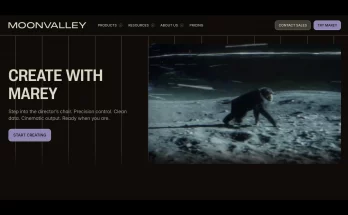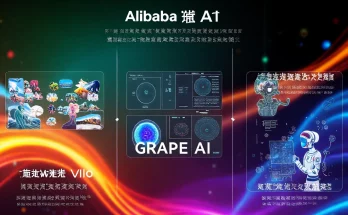Microsoft has recently made headlines by introducing its AI-generated version of the classic game Quake II through its Muse AI model. This innovation signifies a breakthrough in how gamers can interact with familiar titles, reinvigorating nostalgia through modern technology.
The Dawn of the Xbox AI Era
Earlier this year, Microsoft unveiled its Xbox AI era with the Muse AI model, which is capable of generating gameplay. Initially perceived as an early stage project, Muse has now evolved into a practical application, making it accessible for users of Microsoft’s Copilot.
What is the Muse AI Tech Demo?
The newly launched tech demo through Copilot for Gaming allows players to experience an AI-generated version of Quake II directly from their browsers. While the demo provides a basic layout of the game with blurry visuals and limited interactions, it opens a window to possibilities that could reshape gaming.
Performance and Limitations
The tech demo pushes the limits of what was previously showcased during Microsoft’s original demonstration, which achieved only 10 frames per second at a resolution of 300 x 180. The current version delivers a more engaging experience, running at a playable frame rate of 640 x 360, though it remains a basic version.
Muse AI’s Potential for Game Development
Microsoft’s vision for Muse goes beyond mere nostalgia. The model is intended to assist game developers in quickly prototyping new games. By training on more than just older titles, the prospects of revitalizing classic games into the modern age become increasingly attainable.
Phil Spencer’s Vision for Game Preservation
During the unveiling, Phil Spencer, CEO of Microsoft Gaming, expressed his thoughts on game preservation, stating:
- AI models like Muse could learn from gameplay data and videos.
- This technology may allow classic games like Quake II to run on contemporary hardware.
- The potential for AI to capture gameplay mechanics without the original engine offers massive opportunities for the gaming industry.
Anticipating More Interactive AI Experiences
With the success of the Quake II demo, it’s likely Microsoft will introduce more short interactive AI gaming experiences through Copilot Labs. These developments aim to enhance gaming interactivity and immersion.
Copilot as a Gaming Assistant
In addition to creating playable demos, Microsoft is working on evolving Copilot into a comprehensive assistant for gamers. This feature is designed to observe gameplay and provide tailored tips and guides, benefiting both casual and dedicated players.
Furthermore, upcoming releases for Windows Insiders will feature the Copilot Vision, integrating it with various desktop applications and mobile experiences to enrich gamer interaction.
Microsoft’s Muse AI-powered Quake II tech demo showcases a new era in gaming, combining nostalgia with innovative technology. As the gaming landscape continues to evolve, Microsoft’s groundbreaking work hints at exciting developments that could redefine how classic games are experienced.



